Tastiest Vegetables You Can Grow Healthily In Your Garden
Not all vegetables that we can grow in our garden would be the most nutritious, but if we are to tend and grow anything, we might as well go for the most nutrient-dense ones. Well, that’s because should there be any shortage or something we just can serve right away, let it be superfood degree ones for our family.
Since we are about to embark on a journey of growing our own veggies, we might as well be sure to grow only the best, healthiest, and freshest produce. After all, we aren’t just serving consumers. We are doing it to serve ourselves and our loved ones.
Of course, other than making sure that our soil is prepared and owning up to the credits it well deserves after a successful planting, we take a pick of the varieties that have been bred to have higher levels of phytonutrients.
Phytonutrients are plant chemicals protecting the plants from insects, disease, drought, and other forms of adversity. They function similarly to antioxidants, strengthening our immune system, protecting us from cancer, warding off heart disease, lowering cholesterol, and supporting healthy vision. As a matter of fact, several universities have been working on plant breeding programs focused on looking at ways that healthy antioxidants on different vegetables can be increased.
Here, we are giving you a list of a variety of vegetables you can healthily grow from your garden to your table. From tomatoes to zucchini, here are our best and most nutritious varieties for you.
Tomatoes
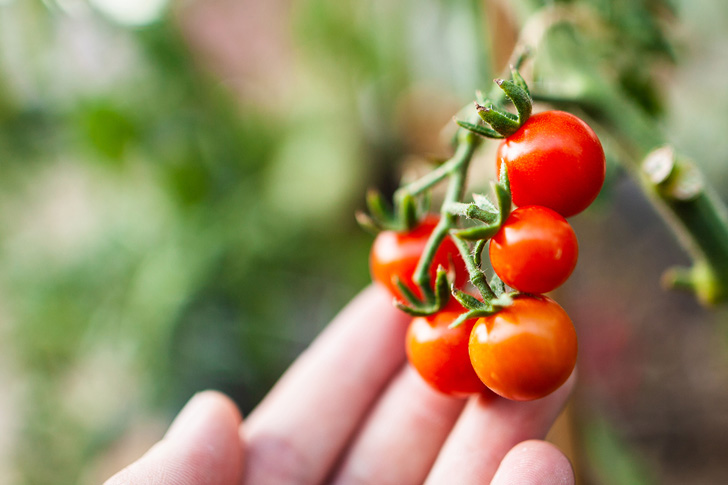
● ‘Valentine’ grape tomato is a breed of tomato resulting from a collaboration between Penn State and Johnny’s Selected Seeds. It is credited for being a great source of lycopene, which is an antioxidant specializing in reducing LDL cholesterol and lowering blood pressure.
● ‘Heath Kick’ is a red plum tomato containing 50% more lycopene than a regular tomato.
● ‘Tasti Lee’ is a tomato to have developed into 6- to 9-ounces originating from the laboratory of the University of Florida and it esteemed to contain 40% more lycopene. It is heat tolerant which is good for sunny areas.
● ‘Mighty Sweet’ is a grape tomato that takes credits for containing high levels of vitamin C, beta-carotene, and lycopene.
● ‘High Carotene’ is a tomato growing to max 3 ounces and is said to contain 2 to 3 times more beta-carotene than an average tomato. The red-orange pigment called beta-carotene not only colors our fruit but also functions to protect us from the risk of catching heart diseases, viral infections, cataracts, or cancer.
● ‘Power Pops is a small red cherry tomato known to contain more carotene and lycopene than most varieties. It grows to 9 to 12 inches tall and is perfect to grow in a container or hanging basket. Some also love snacking on these cherry tomatoes.
● ‘Caro Rich’ (below) is an orange-yellow tomato growing to weigh 8 to 12 ounces and contains 10 times more beta-carotene than that of a regular red tomato.
Carrots
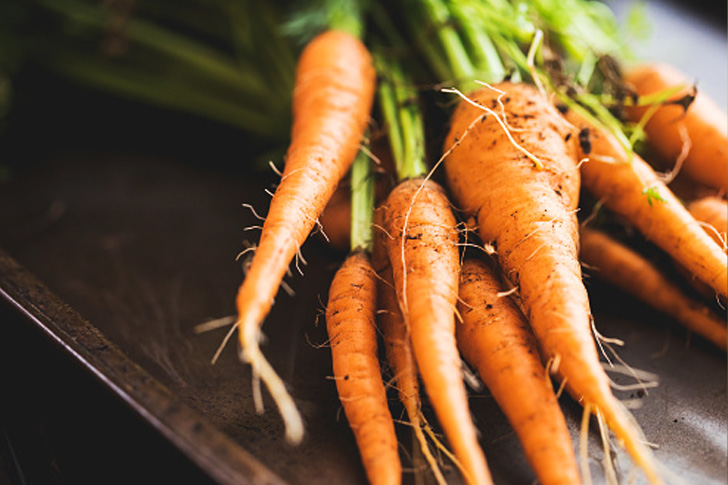
● ‘Purple Dragon’ is a carrot that boasts purple skin but has a beautiful sweet orange core. They are also credited to contain more lycopene than a regular orange carrot.
● ‘Atomic Red’ is a deep red carrot that is also a good source of lycopene.
● Carrots ‘Candysnax’ and ‘Sugarsnax’ are breeds to contain high beta-carotene. That will surely contribute a lot to the health of many people.
Potatoes
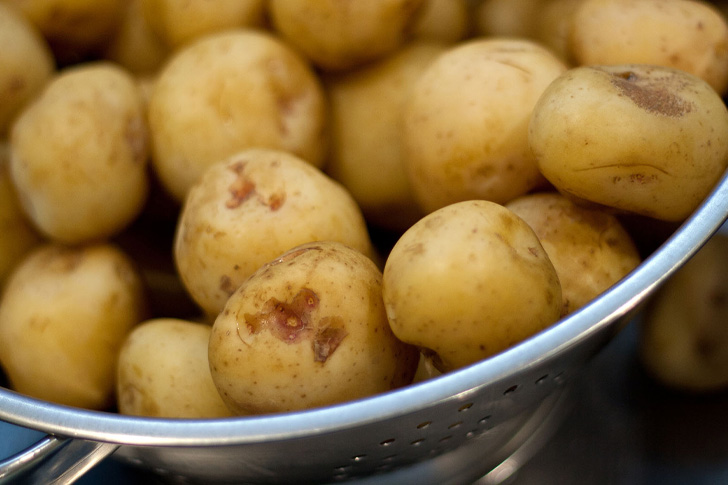
● ‘Adirondack Blue’ potatoes are also good sources of vitamin C and anthocyanins which are credited for its capability of being a strong anti-inflammatory, promoting heart health, fighting viral diseases, and supporting cognitive function.
Cauliflowers
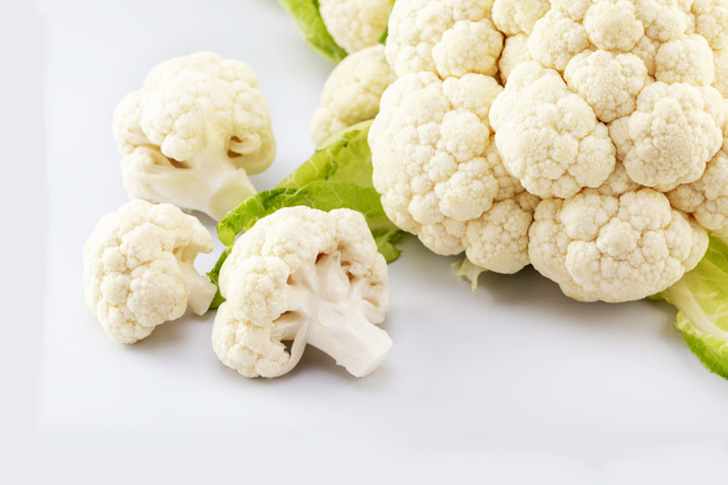
● ‘Violetta’ and ‘Graffiti’ are both purple cauliflowers known to contain high levels of anthocyanin. These varieties are best to be eaten raw because by cooking them, their color and potency are diminished.
● ‘Cheddar’ is also a cauliflower variety that grows into 8-inch heads in about 70 days and is said to contain 25 times more beta-carotene than white cauliflower. When the vegetable is cooked in any degree of heat, its color deepens.
Zucchini
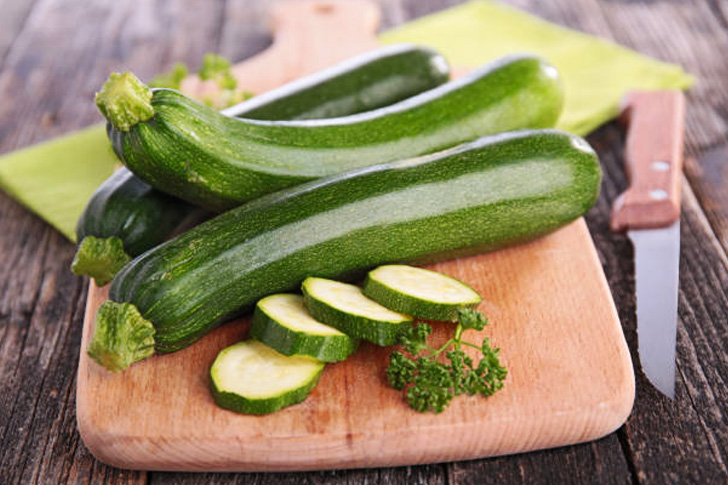
● ‘Raven’ is a variety of zucchini developed at the University of Wisconsin and credits to contain 4 times more lutein than a standard zucchini! Lutein is a great vision protector, preventing cataracts and macular degeneration.
